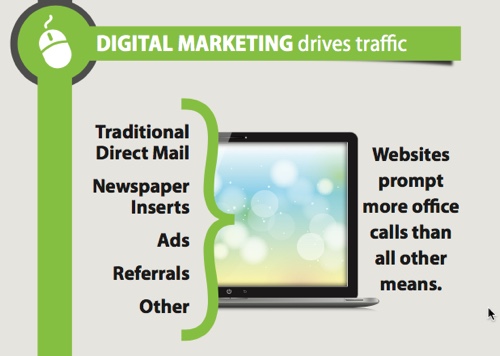Enhancing Understanding: Dealing With Auditory Processing Issues In Dyslexia
Enhancing Understanding: Dealing With Auditory Processing Issues In Dyslexia
Blog Article
Content Develop By-Ivey Stiles
When you think about the difficulties that dyslexic students deal with, it's clear that acoustic processing problems usually play a significant duty. You might question how customized methods can bridge the gap in between acoustic instructions and understanding. By incorporating aesthetic help and damaging jobs right into manageable actions, you could enhance focus and understanding. Nevertheless, the options don't quit there. What other strategies can develop an absolutely encouraging learning atmosphere that promotes success and confidence?
Understanding Dyslexia and Auditory Handling
Dyslexia impacts roughly 1 in 5 individuals, making it among one of the most typical learning disabilities. If you're browsing dyslexia, you could discover that it does not just impact analysis and writing; it can additionally impact exactly how you refine acoustic details.
Acoustic handling describes just how your brain analyzes noises, consisting of language. When you battle with this, it can result in challenges in comprehending talked guidelines and complying with conversations.
You might see that you often misinterpret what you hear or that it takes longer for you to respond in conversations. This isn't a reflection of your knowledge; it's a specific problem related to processing acoustic signals.
Comprehending this link is crucial since it aids clarify why you may master aesthetic jobs while encountering difficulties in tasks that count on acoustic comprehension.
Identifying these challenges can empower you. By recognizing the ins and outs of dyslexia and auditory handling, you can better advocate for your needs, whether in educational settings or social scenarios.
It's essential to recognize these issues so you can seek the ideal assistance and methods in the future.
Efficient Strategies for Support
Navigating the challenges of acoustic processing can really feel frustrating, but there are effective methods that can aid you grow.
By carrying out these methods, you can improve your knowing experience and improve your ability to process acoustic details.
- ** Use visual aids **: Combining auditory guidelines with visual assistances, like graphes or representations, can considerably enhance comprehension.
- ** Break tasks into smaller actions **: Streamlining directions right into manageable chunks permits you to concentrate and process info more effectively.
- ** Exercise active listening **: Engage in workouts that encourage you to pay attention diligently, such as summarizing what you've listened to or asking concerns for clarification.
- ** Include technology **: Utilize applications or software developed to aid with auditory handling, such as speech-to-text devices or audiobooks, to strengthen discovering.
Creating Helpful Discovering Environments
Developing a helpful learning environment is crucial for helping people with acoustic handling difficulties are successful. Start by lessening distractions in your classroom or finding out space. Usage acoustic panels or soft home furnishings to absorb noise, which can help trainees focus better. Make apd meaning seating setups allow for clear sightlines to the instructor and any type of visual aids.
Next off, include clear and succinct communication. Talk gradually and make use of basic language, checking for understanding regularly. Urge trainees to ask questions if they're unclear. click for source like charts, representations, and created guidelines can improve comprehension and retention.
Furthermore, foster a culture of perseverance and understanding among peers. Show trainees concerning auditory handling concerns, promoting empathy and support. Group activities can be beneficial; simply make certain that functions are clear which students collaborate to sustain each other.
Ultimately, provide normal responses. Commemorate progress and accomplishments, regardless of exactly how small. at wit's end constructs self-confidence and enhances the idea that understanding is a journey.
Conclusion
In your trip to improve learning for people with dyslexia, think about each strategy as a tipping stone across a river. By weaving with each other acoustic and aesthetic aids, breaking tasks into bite-sized items, and nurturing an encouraging environment, you aid develop a bridge to understanding. Keep in mind, promoting compassion amongst peers and engaging families can light the path to success. With patience and commitment, you'll encourage students to overlook difficulties, transforming their struggles right into toughness.
